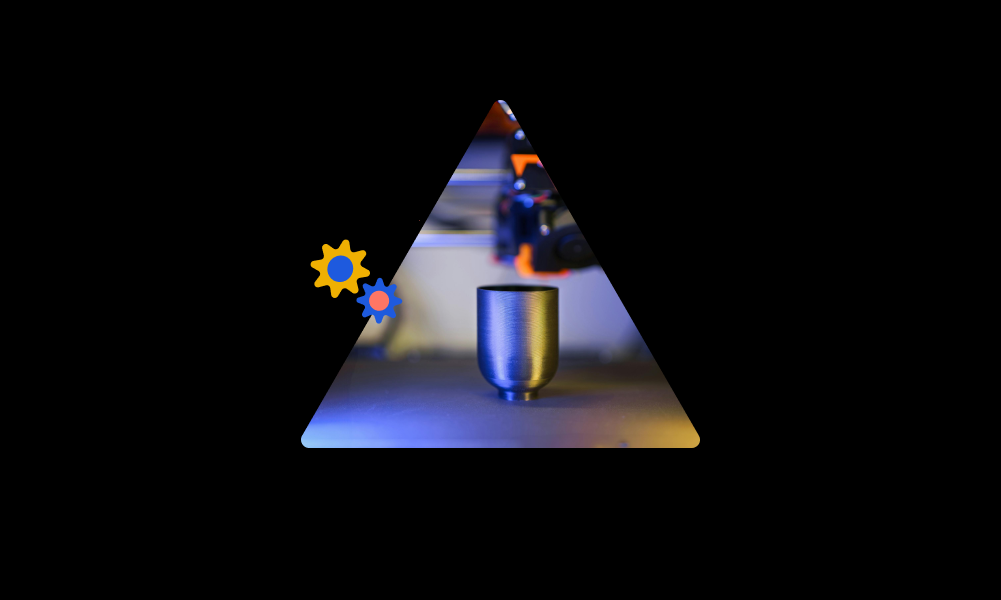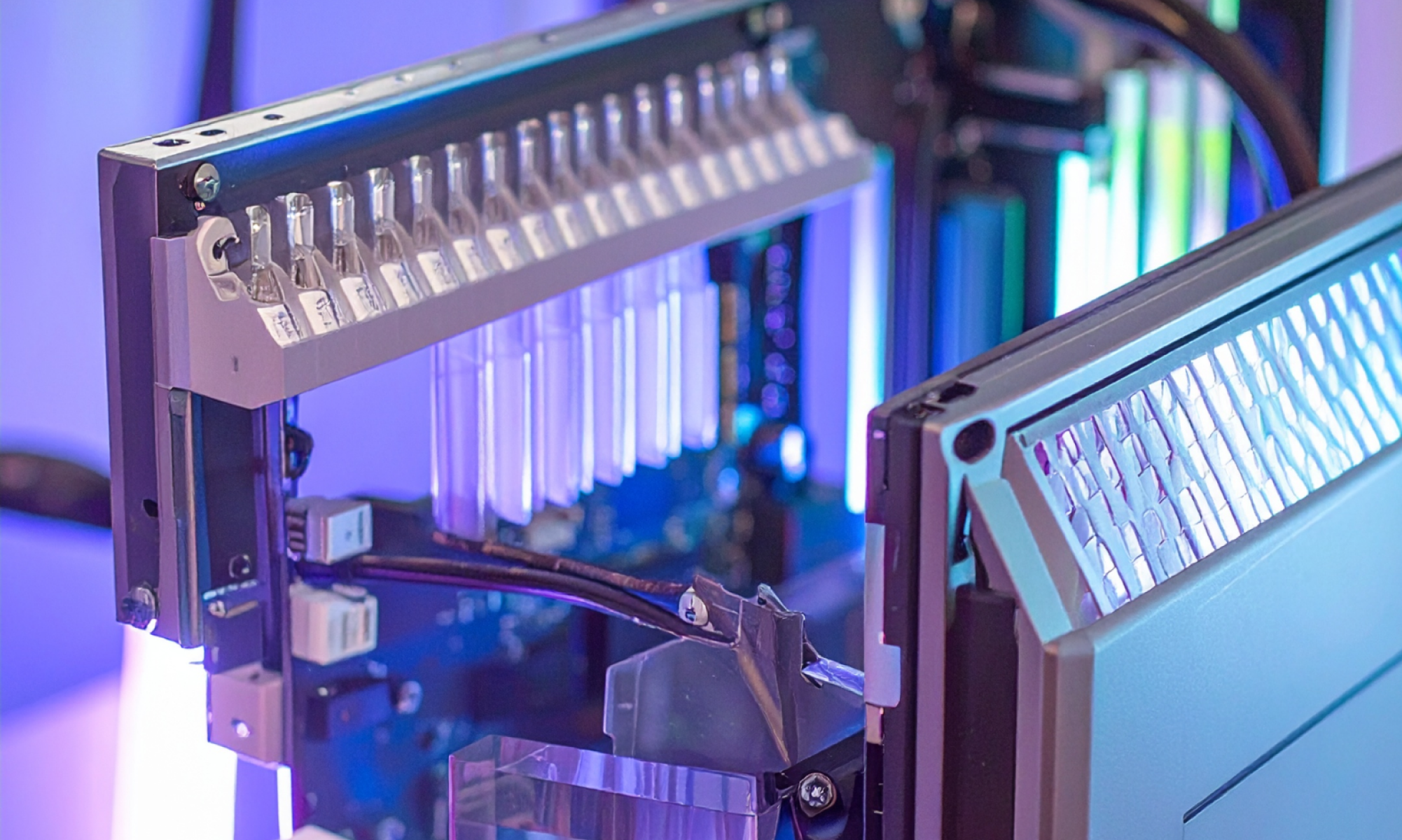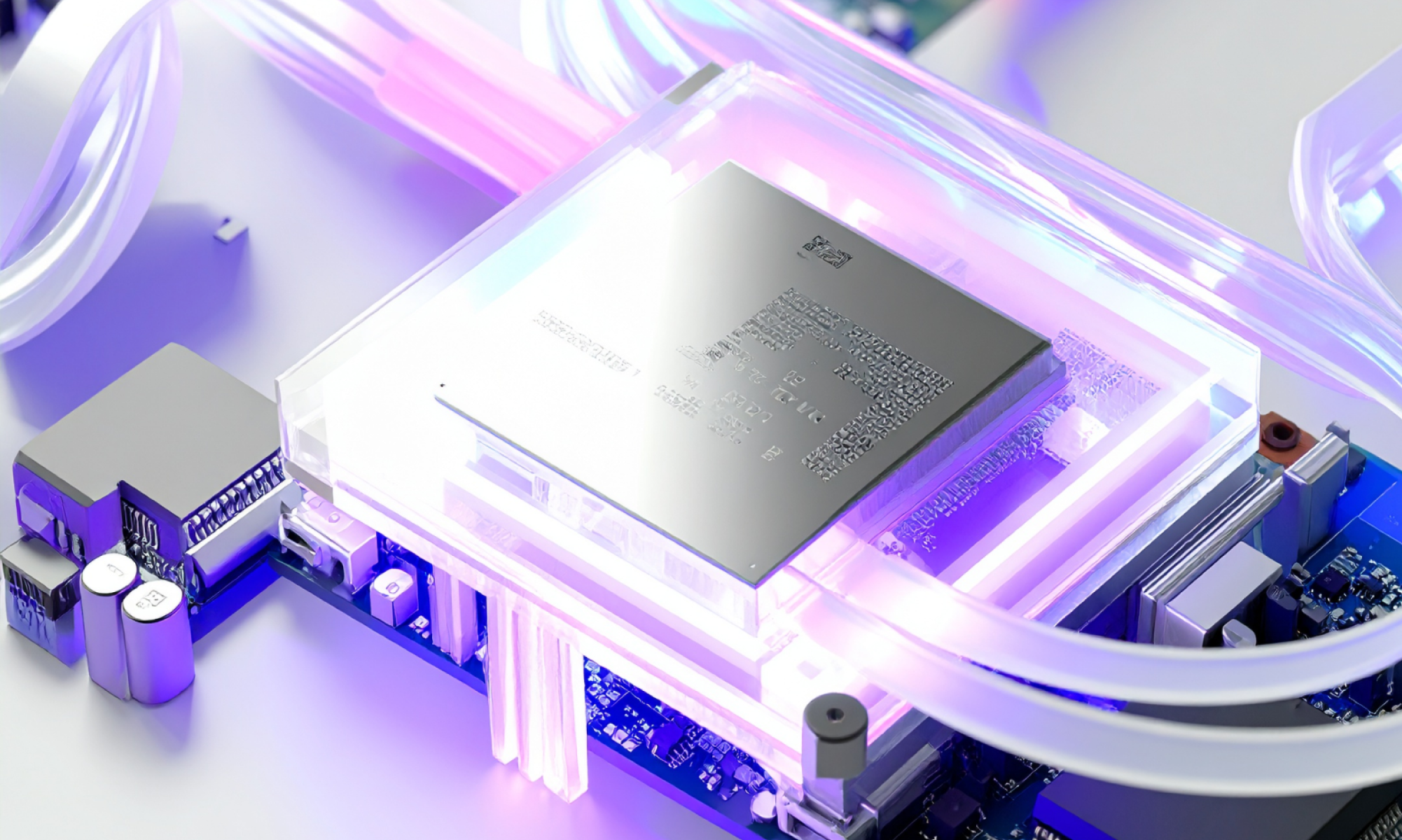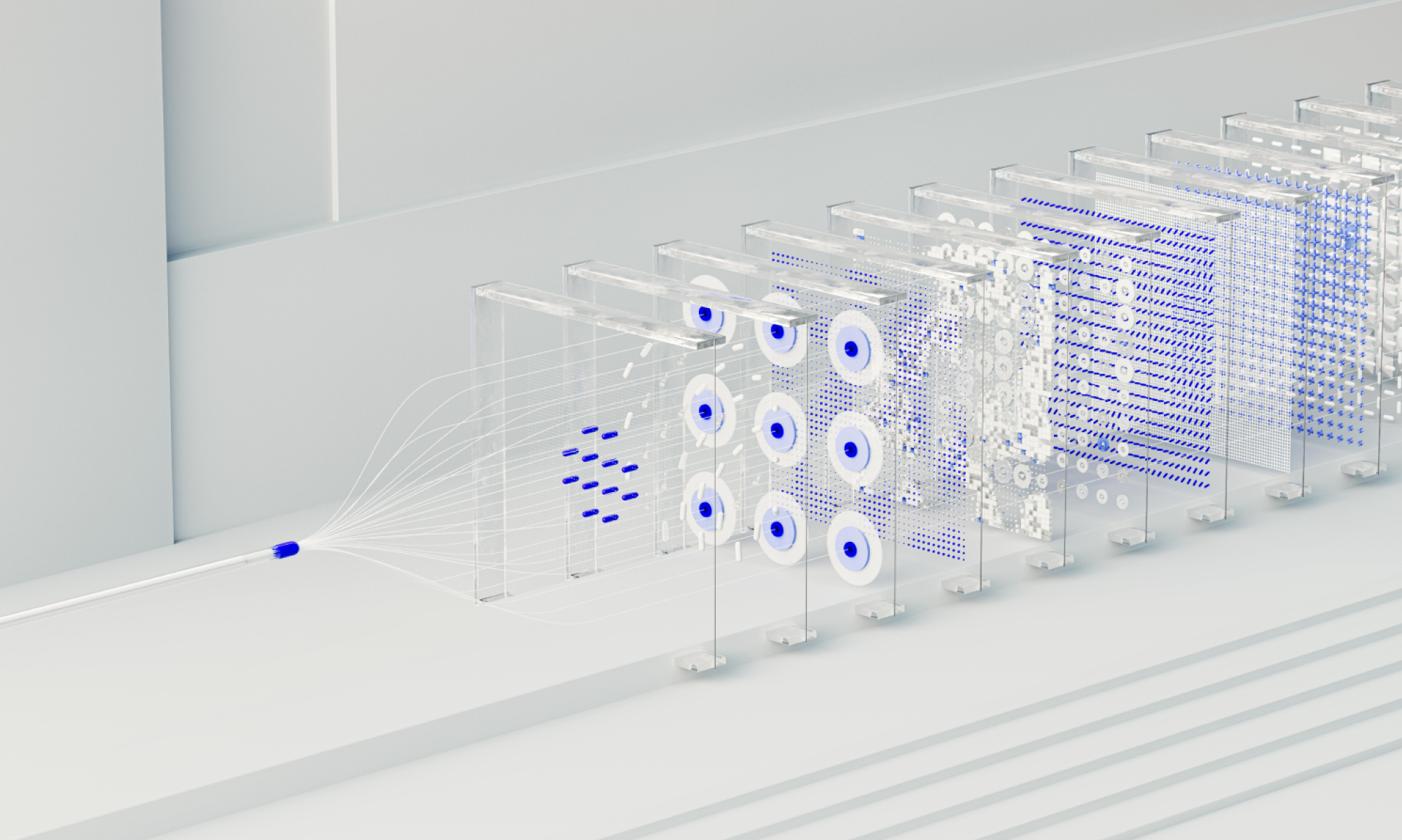AI
our blog
Why AI POCs Stall And What To Do Next

AI proofs of concept often look great on paper. The use case is clear, the goals are defined and the potential upside seems obvious. But then the real world gets involved - messy data, unpredictable behaviour, edge cases you hadn’t considered. Suddenly, the model isn’t performing as expected and you’re stuck.
It’s a common problem. One of the worst outcomes is trying to force a failing POC into success, throwing more time and effort at something that isn’t quite working. The other is walking away completely, without taking anything valuable from the process.
So why do POCs stall?
Sometimes the data isn’t clean or complete enough. Sometimes the objective is too vague or the scope is too broad. Sometimes there’s no clear plan for what happens if the POC does work - how it will be integrated, scaled or supported. And quite often, AI is expected to solve too much too soon.
Part of the challenge is how different AI projects are from traditional software builds. Custom software tends to be deterministic, meaning if it’s built to do something, it usually does it. AI is probabilistic. Even with good data and a solid model, outcomes aren’t guaranteed. That’s why you hear terms like "hallucinations." AI doesn’t fail like code does - it just gets fuzzy, unpredictable or hard to trust.
So what should you do when things stall?
The first step is to pause and go back to the original problem. Is the goal still valid? Can it be reframed? Strip it right back: could a simple rule based approach do the job? Is there a smaller, sharper use case to test? Sometimes, shelving the POC is the right move - as long as you document what you’ve learned and leave the door open to revisit it later.
At Studio Graphene, we focus heavily on derisking the process. That starts with feasibility, not code. We define success criteria early and honestly. We often run fallback systems alongside AI, like basic logic or human oversight, so we can test performance without committing blindly. Most importantly, we treat POCs as experiments, not MVPs. They’re there to explore whether something is worth building, not to prove success at all costs.
In one recent project, we worked with a fintech client exploring how generative AI could help match users with financial advisors. It was a smart idea, but early tests showed the model wasn’t reliable enough. Rather than keep pushing, we pivoted to a simpler NLP tagging and routing system. It didn’t sound as exciting, but it worked - faster to test, easier to explain and more useful in the real world.
That’s the point. POCs don’t need to be perfect. They need to be honest, testable and able to point you in the right direction, even if that direction isn’t the one you expected.









